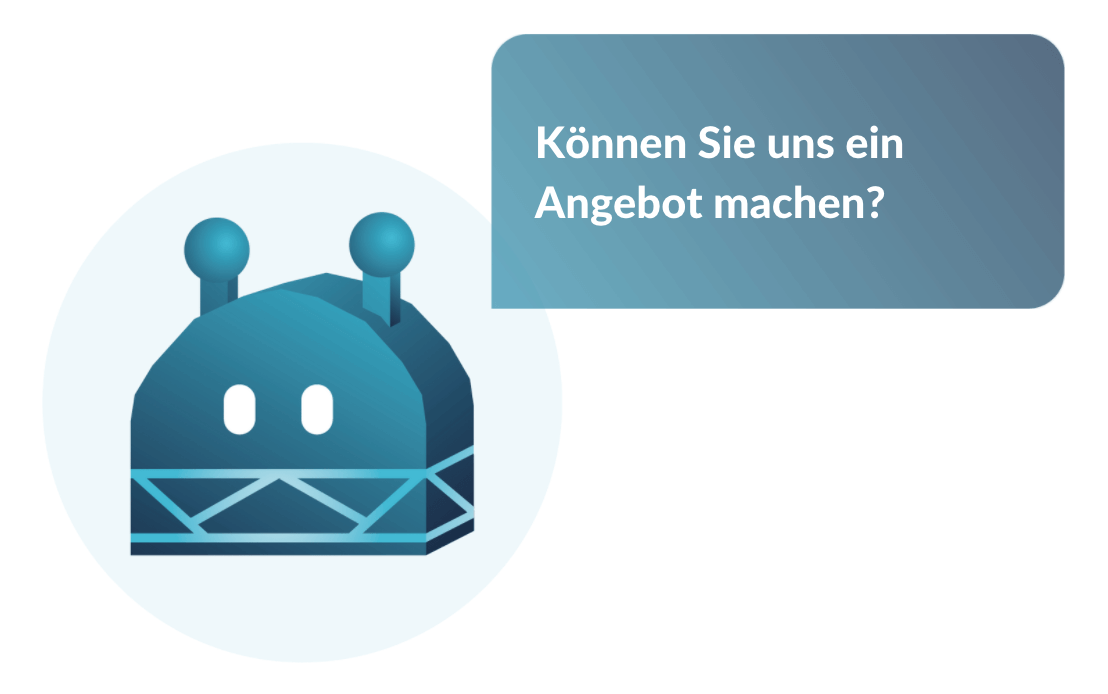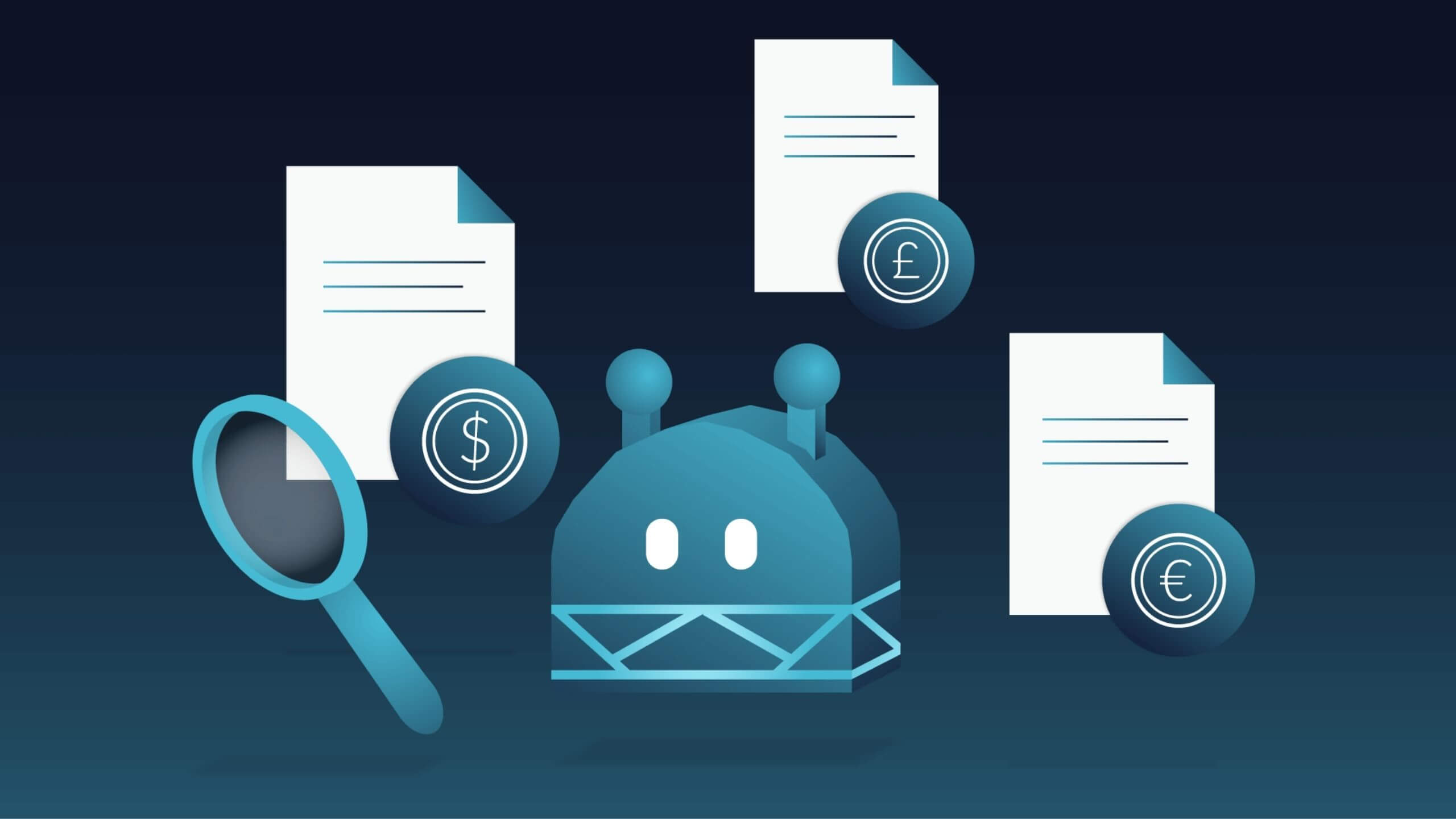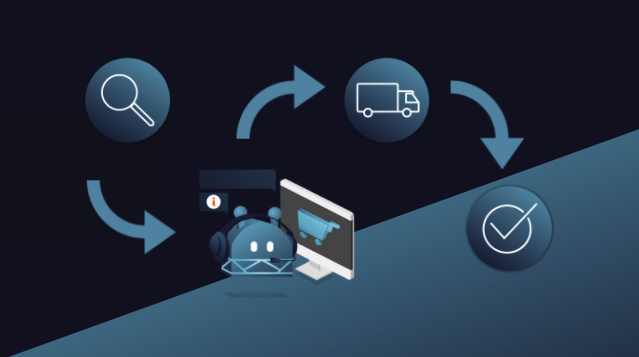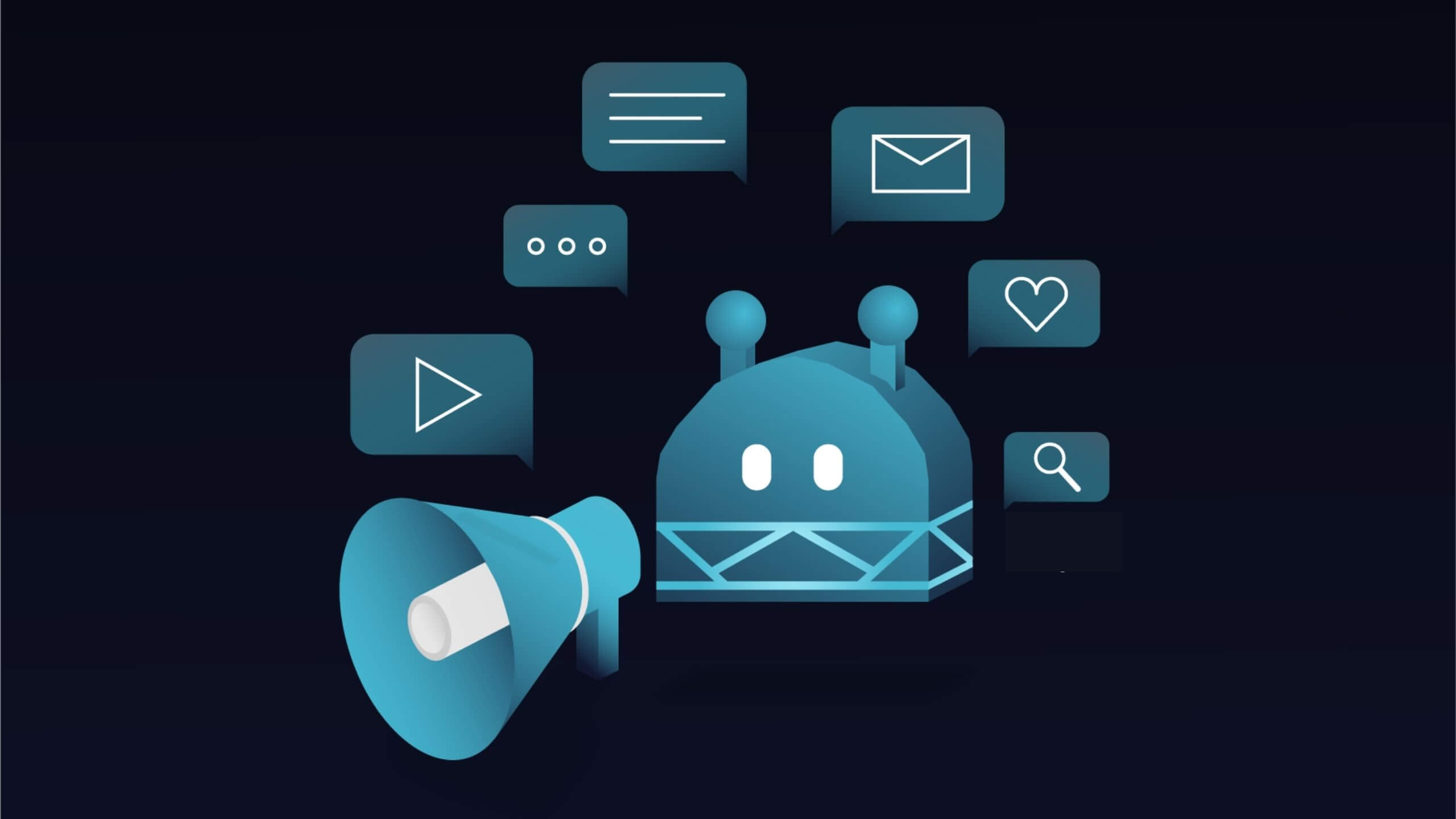Die letzten Jahre waren nicht nur von steigenden Preisen, sondern auch sehr volatilen Schwankungen geprägt. Als Folge dieser Entwicklung lassen sich Lieferant:innen oft nur noch ungern auf Festpreisgarantien ein. Stattdessen werden Tagespreisen und Spotmarktpreisen vermehrt als Preismodell eingesetzt:
Laut der Rohstoffstudie von Inverto stieg der Anteil der Unternehmen, die sich bei der Zusammenarbeit mit ihrem Lieferant:innen auf Tagespreise als Preismodell einlassen mussten, um 17%.
Dagegen ist der Anteil der Unternehmen, die längerfristige Preisvereinbarungen ausmachen konnten, um 15% gesunken.
“Tagespreise & Spotmarktpreise haben gegenüber anderen Preismodellen am stärksten gewonnen: 41 Prozent der Unternehmen nutzen vorwiegend Tagespreise bei der Zusammenarbeit mit Lieferanten.”
(INVERTO Rohstoffstudie 2021)
Für Einkäufer:innen bedeutet das, dass sie häufiger Lieferant:innen kontaktieren müssen, um Angebote mit aktuellen Preisen einzuholen. Dies ist oft mit viel Aufwand und Arbeit verbunden.
Wie kann dem Einkauf das Einholen von tagesaktuellen Preisen bei einer großen Anzahl von Lieferanten erleichtert werden?
Um den Zeitaufwand für das Einholen von tagesaktuellen Preisen so gering wie nur möglich zu halten, können virtuelle Assistenten eingesetzt werden. Diese holen automatisiert tagesaktuelle Angebote und Preise ein.
Was sind virtuelle Assistenten?
Virtuelle Assistenten sind Voice oder Chatbots. Diese können mit Hilfe von Machine Learning und Natural Language Processing automatisiert Fragen beantworten. Darüber hinaus können sie Nutzer durch Prozesse führen. Dafür fragen sie gezielt Informationen ab und hinterlegen diese in unternehmenseigenen Systemen.
Aber wie läuft das Einholen von Angeboten über virtuelle Assistenten ab? Und welche Voraussetzungen müssen für den Einsatz von virtuellen Assistenten erfüllt sein? Diese Fragen werden im folgenden Beispiel beantwortet:
Frau Martens arbeitet bei der Bayerische Eisen GmbH in der Einkaufsabteilung. Sie braucht 500 DMTU Eisenerz. Da sie aber gerade viel Zeit mit dem Aushandeln von Rahmenverträgen verbringt, hat sie keine Zeit die Lieferanten einzeln anzurufen oder ihnen eine E Mail zu schreiben. Daher beauftragt sie den virtuellen Assistenten Bob damit das Einholen der Angebote zu übernehmen.
Woher weiß der virtuelle Assistent welche Informationen für das Angebot eingeholt werden müssen?
Im ersten Schritt teilt sie Bob mit, dass er ein Angebot für ein bestimmtes Produkt einholen soll.
Der virtuelle Assistent kann eigenständig erkennen zu welcher Warengruppe das Produkt gehört. Zu den einzelnen Kategorien und Produkten können von dem Einkauf feste Kriterien für das Einholen eines Angebotes definiert werden.
So kann Bob bei Frau Martens eigenständig alle Informationen abfragen, die er braucht um ein Angebot einzuholen. Frau Martens wiederum kann keine Angabe vergessen.
Wie wählt der virtuelle Assistent die Lieferanten aus?
Im zweiten Schritt teilt Frau Marten Bob mit, anhand welcher Kriterien er die Lieferant:innen für die Kontaktaufnahme auswählen soll. Hierfür kann Bob auf alle Informationen zurückgreifen, die bei den Lieferant:innen im System hinterlegt sind.
Diese werden zum Beispiel von den Lieferant:innen selbst während des Onboardings angegeben. So kann der virtuelle Assistent anhand der Adressen zum Beispiel Lieferant:innen aus einem bestimmten Land aussuchen.
Es ist aber auch möglich Bewertungen als Auswahlkriterium zu verwenden. Voraussetzung dafür ist, dass diese Informationen digitalisiert vorliegen.
So kann beispielsweise bei der Wareneingangskontrolle direkt über den virtuellen Assistenten dokumentiert werden, ob eine Lieferung pünktlich oder verspätet ankommt. Oder ob eine Lieferung unvollständig ist. Die Qualität der Produkte kann natürlich auch bewertet werden.
Auf Basis dieser Daten können die Mitarbeiter:innen im Einkauf dann Vorgaben für die Auswahl der Lieferanten machen. Wie gut der virtuelle Assistent dann die richtigen Lieferanten auswählt, hängt natürlich von der Vollständigkeit und Aktualität der Daten ab.
Wie kontaktiert der virtuelle Assistent die Lieferant:innen?
Nachdem Bob nun weiß, wofür er Angebote einholen und welche Lieferanten er auswählen soll, kommt nun der dritte Schritt: das Kontaktieren der Lieferanten.
Hierfür schickt er den Lieferant:innen eine E Mail mit einem Link. Dieser führt dann zu einem Chat, in dem sie ihr Angebot abgeben können.
Virtuelle Assistenten können auf Websites, Portalen, Apps aber auch in Messenger Kanälen wie WhatsApp integriert werden. Das Gespräch kann in jedem dieser Kanäle stattfinden.
Es ist aber auch möglich, dass der virtuelle Assistent die Lieferant:innen direkt über einen Messenger Kanal wie WhatsApp kontaktiert.
In dem Gespräch informiert Bob zunächst über die einzelnen Details wie die Bestellmenge und das Lieferdatum. Dann fragt er, ob die Lieferant:innen die gewünschten Produkte innerhalb des angegebenen Zeitraumes liefern können. Wenn dies der Fall ist, lässt er sich einen Preis für das Angebot nennen.
Diesen Prozess wiederholt der virtuelle Assistent so oft, bis die gewünschte Anzahl von Angeboten vorliegt.
Wie bekommt der Einkauf die tagesaktuellen Preise zur Verfügung gestellt?
Jedes Mal, wenn die Lieferant:innen eine der Fragen von Bob beantwortet haben, werden diese Informationen direkt in dem System hinterlegt.
Sobald Bob genügend Angebote eingeholt hat, kann er sie Frau Martens per Mail zur Verfügung stellen oder sie ruft die Ergebnisse selber im Einkaufssystem auf.
Welche Vorteile bietet das automatisierte Einholen von Angeboten ?
Der größte Vorteil liegt klar auf der Hand: Die Mitarbeiter:innen sparen immens viel Zeit ein.
Dadurch, dass sie die Kontaktaufnahme nicht mehr persönlich machen müssen, können sie sich um komplexere Aufgaben kümmern, während der Prozess automatisiert abläuft.
Zudem müssen die von den Lieferanten zur Verfügung gestellten Informationen nicht mehr manuell von einer E Mail oder von den Notizen eines Telefonats in das System übertragen werden, damit sie digitalisiert vorliegen. Dadurch sparen sich die Mitarbeiter wieder einen Arbeitsschritt und die Informationen sind auch für andere Teammitglieder direkt zugänglich.
Weitere Use Cases und mehr Informationen zu virtuellen Assistenten bietet unser Webinar “Virtuelle Assistenten im Einkauf – Best Practices für die Automatisierung von Kommunikation und Prozessen”.

